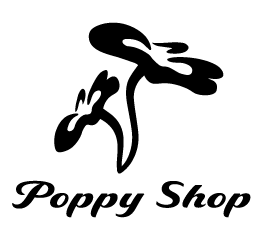Knitting Shaping Strategies: Short Rows Versus Decreases
- N/A

- Nov 16, 2022
- 2 min read

Short rows are used in knitting and other textile crafts to create shaping or design elements that are not achieved by standard decreasing. Short rows involve partially working across a row and then turning the work before reaching the end of the row. This technique is used for several reasons, including:
Controlled Shaping: Short rows allow for more precise shaping compared to standard decreases. They can create curves, angles, or contours that may be challenging to achieve with regular decreases.
Avoiding Gaps: When you decrease stitches, it can sometimes result in visible gaps or holes in the fabric. Short rows help to distribute the decreases more evenly, reducing the likelihood of gaps.
Smooth Transitions: Short rows can be used to smoothly transition between different sections of a pattern, such as transitioning from the back to the front of a garment without creating a harsh angle or line.
Design Elements: Short rows can be used to create design elements like ruffles, wraps, or architectural details in a piece of knitting. They add texture and dimension to the fabric.
Necklines and Shoulders: Short rows are often used to shape necklines and shoulders. They can create a more comfortable fit and a natural curve in these areas, which is difficult to achieve through simple decreasing.
Sock Heels: Short rows are commonly used in sock knitting to shape the heel. They create a cup-like structure that fits the heel of the foot snugly and comfortably.
Bulky Yarns: In bulky yarns, standard decreases may result in large, unattractive holes. Short rows can help maintain the integrity of the fabric while achieving the desired shaping.
Pattern Variety: Short rows add variety to knitting patterns and can make projects more interesting and challenging for experienced knitters.
It's important to note that the choice between short rows and decreases depends on the specific project, pattern, and the desired outcome. Different techniques serve different purposes, and experienced knitters often select the method that best achieves the desired design and fit for their project.
